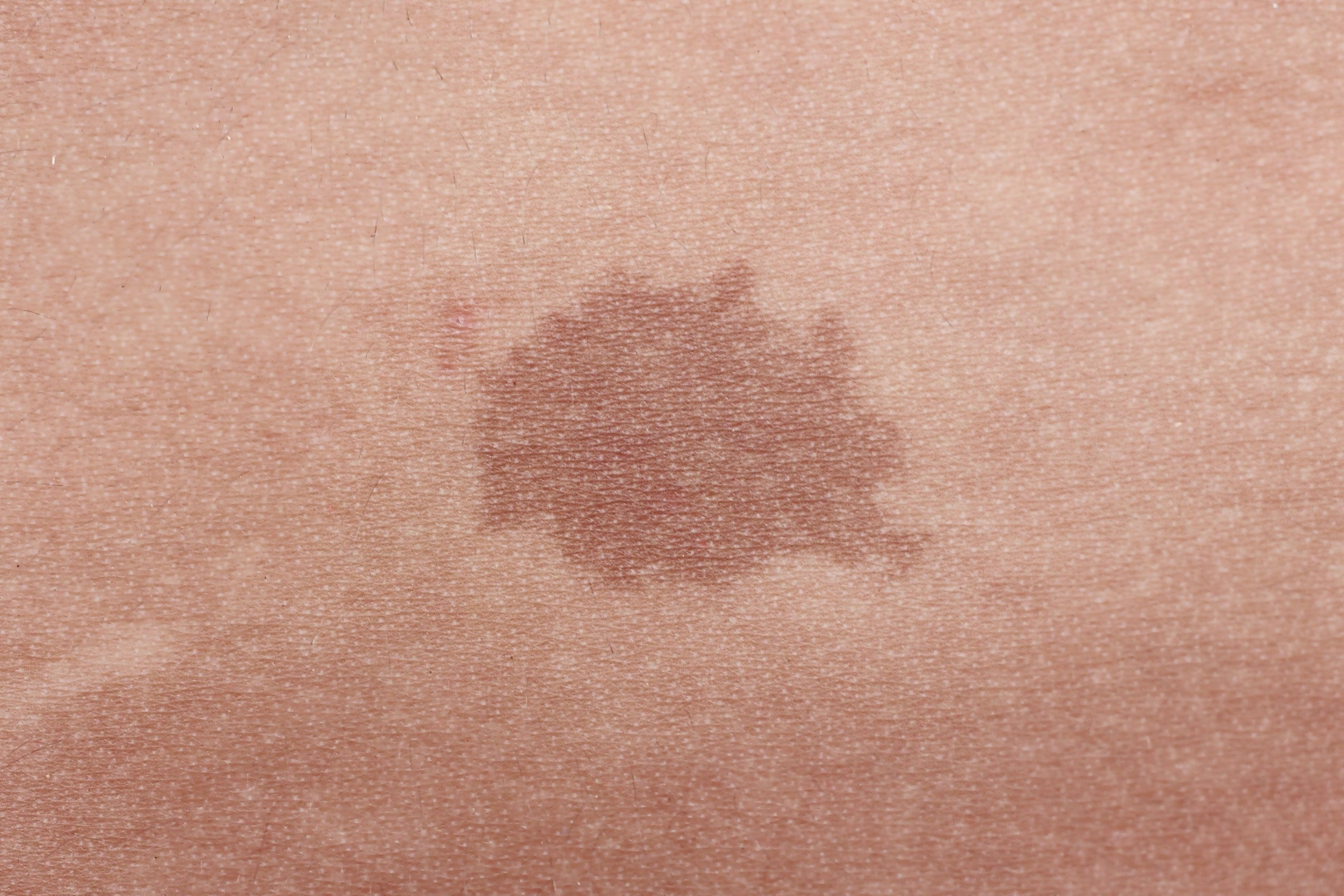
Hyperpigmentation is a common challenge in the treatment room. One question we get frequently, is how exactly do spots and demarcations form?
Of course there are many factors that may contribute to pigmentation including UV rays, medications, and hormone fluctuations. Let’s look into the process and see how we can prevent or reverse pigmentation.
Melanin at Work
The epidermis is primarily made up of skin cells, which create a protective layer. Approximately every eighth cell is a melanocyte. These, as you may know, produce melanin – an action that occurs in the granular layer. This is a natural and necessary process as pigments give us skin color and also provide a unique defense system against UV radiation.
One of our partners, Devin Romero, put it best when he said the pigmentation process resembles that of an assembly line. It’s when this assembly line overproduces or slows, that issues occur. Let’s further break down the pigmentation process, when it's in response to potential damage:
- First a trigger (such as UV exposure) sends a signal to melanocyte-stimulating hormones that the skin is in need of protection. This activates the enzyme tyrosine.
- After tyrosine is signaled, the melanocyte cell receives a message to produce pigmentation (melanin). The melanocytes make melanin, bundling them into melanosomes.
- These melanosomes are then dispersed upward through the granular layer via dendrites to keratinocytes where they form melanin caps, which reduce DNA damage caused by UV exposure.
Common triggers that kick start this cycle include: the sun, inflammation, injury, hormonal changes, friction, medications, aggressive skin care products, and even in the form of post-inflammatory hyperpigmentation.
In healthy conditions, the pigmentation that is produced in response to potential damage will eventually diffuse or fade on its own, but in some cases a permanent discoloration can occur.
Permanent Pigmentation
As the skin ages the cycle is less controlled. DNA damage to the skin cells, caused by UV exposure, hormonal changes, certain medications, and other health issues, result in the steady distribution of melanin. As excess melanin is produced, and dispersing of these pigments is interrupted, hyperpigmentation forms. This creates deposits of color that stay indefinitely unless treated.
Luckily there are a number of ingredients that help support the skin and control hyperpigmentation. These include:
- Bellis perennis flower (daisy flower) – a gentle, natural brightener derived from daisies.
- Arbutin (L) – a natural plant-based derivative of hydroquinone (HQ) with tyrosinase abilities. Since it is typically more stable and less sensitizing than HQ it’s a great alternative for those with sensitivities.
- Kojic acid – derived from Japanese mushrooms, it works to effectively inhibit melanin synthesis.
- Lactic acid (L) – this keratoyltic AHA has natural brightening abilities, works to smooth skin and improve texture.
- Azelaic acid – a grain- and yeast-derived compound, it helps normalize disordered cell growth, provides antioxidant and anti-inflammatory support, and helps effectively treat acne-related post-inflammatory hyperpigmentation.
Supporting the skins overall health will also be essential. The goal is to maintain optimum health, or restore it to optimum health so it may properly control pigmentation. It’s when the DNA damage occurs, that pigmentation becomes an issue. Be sure clients are regularly exfoliating, boosting the skins strength with nutrient-rich skin-building ingredients, and protecting it with a good mineral-based sun protection.
Some products to turn to include, the Skin Brightening Cleanse, Brightening Scrub, Brightening Pigment Tonic, Mandelic Bright, ChronoPeptide A, Naturale Mega Brightening Serum, and Daytime Defense.
Question: What is your favorite skin brightening protocol or ingredient?
